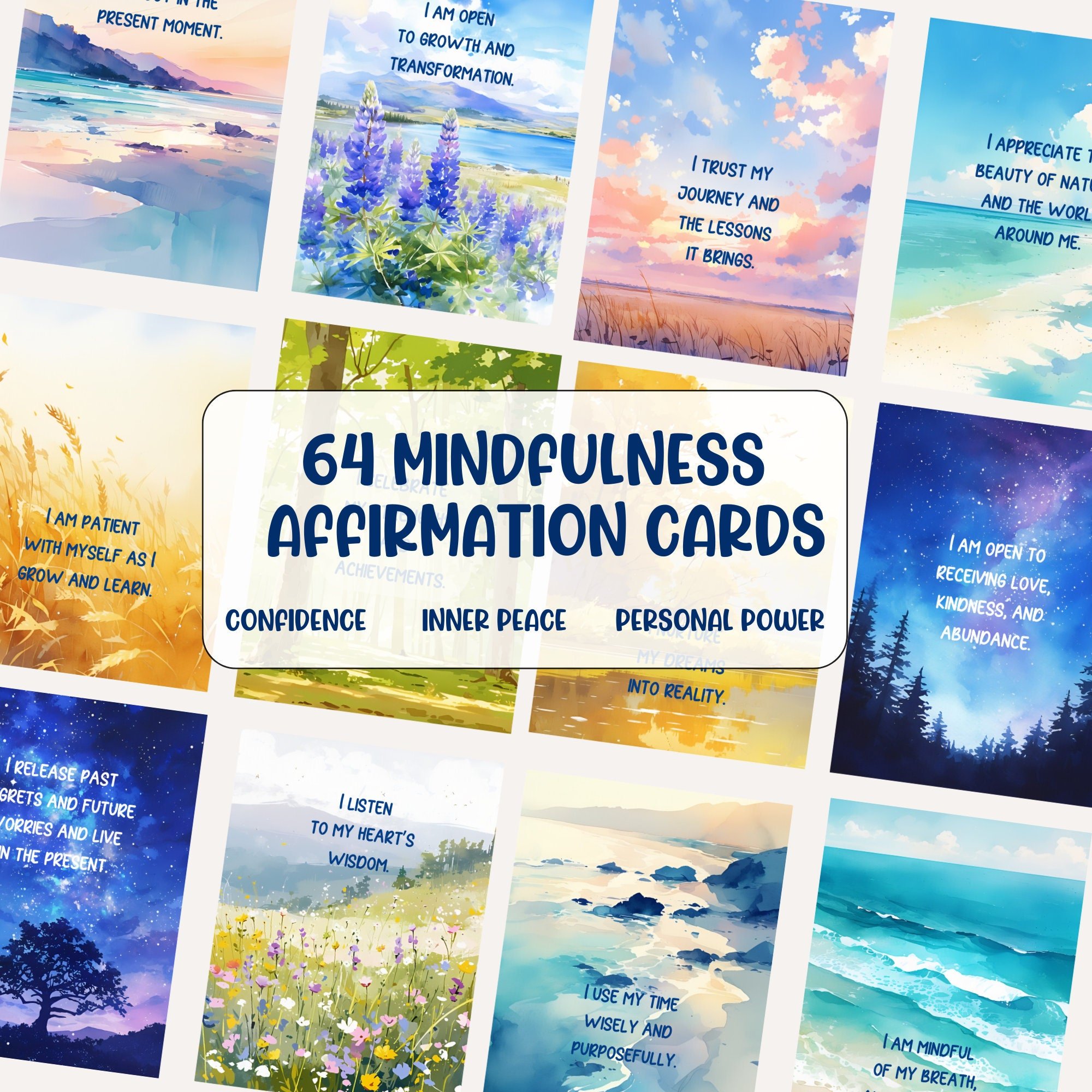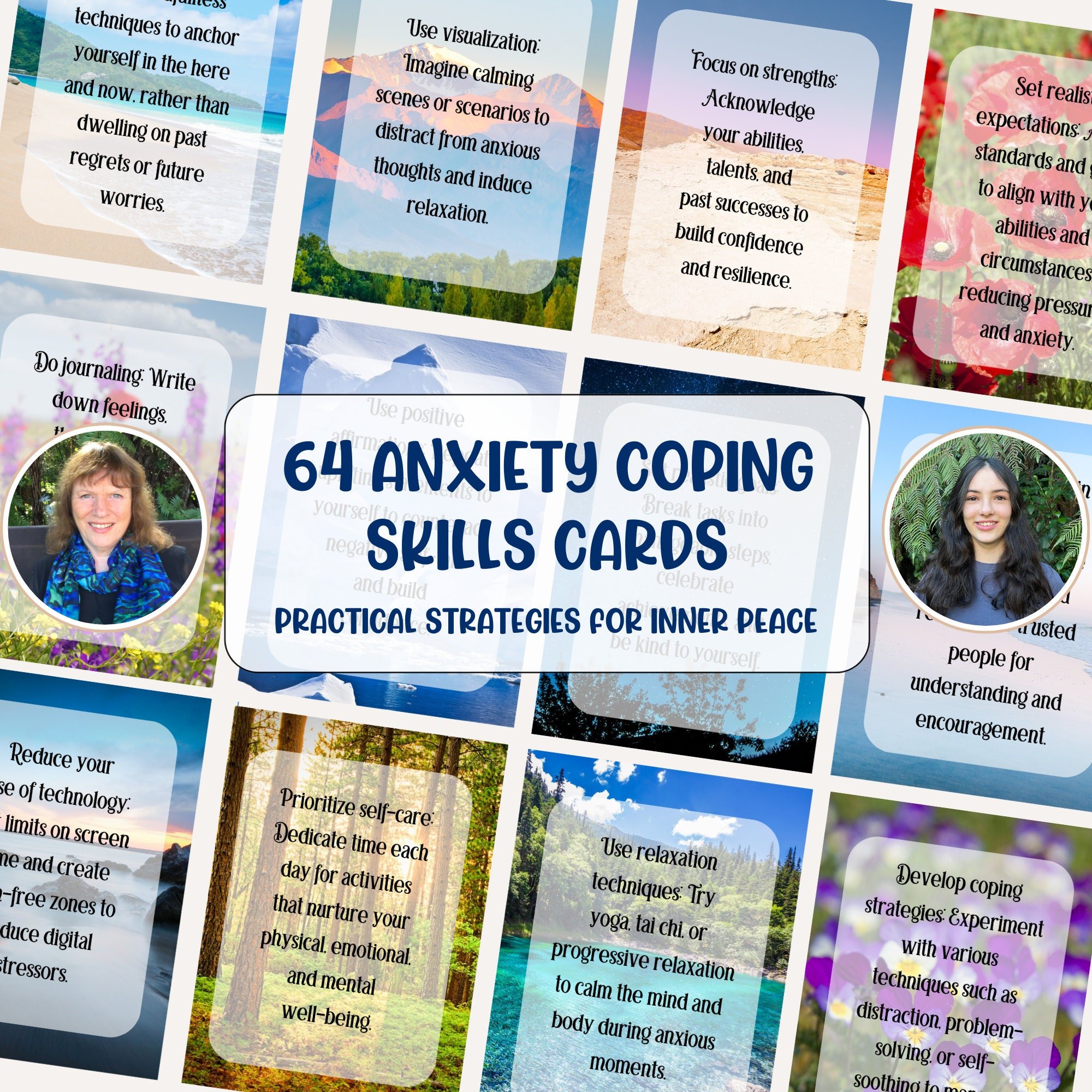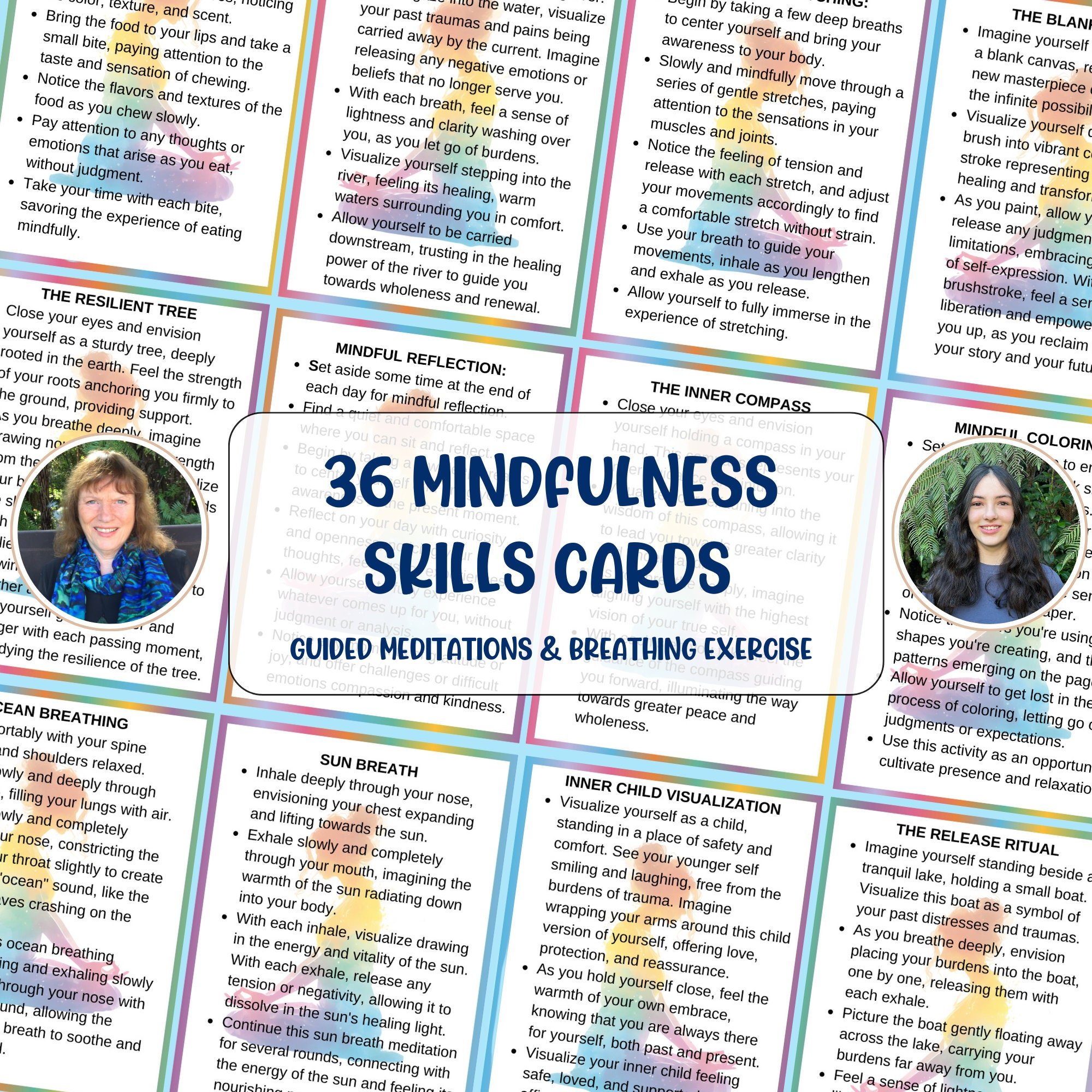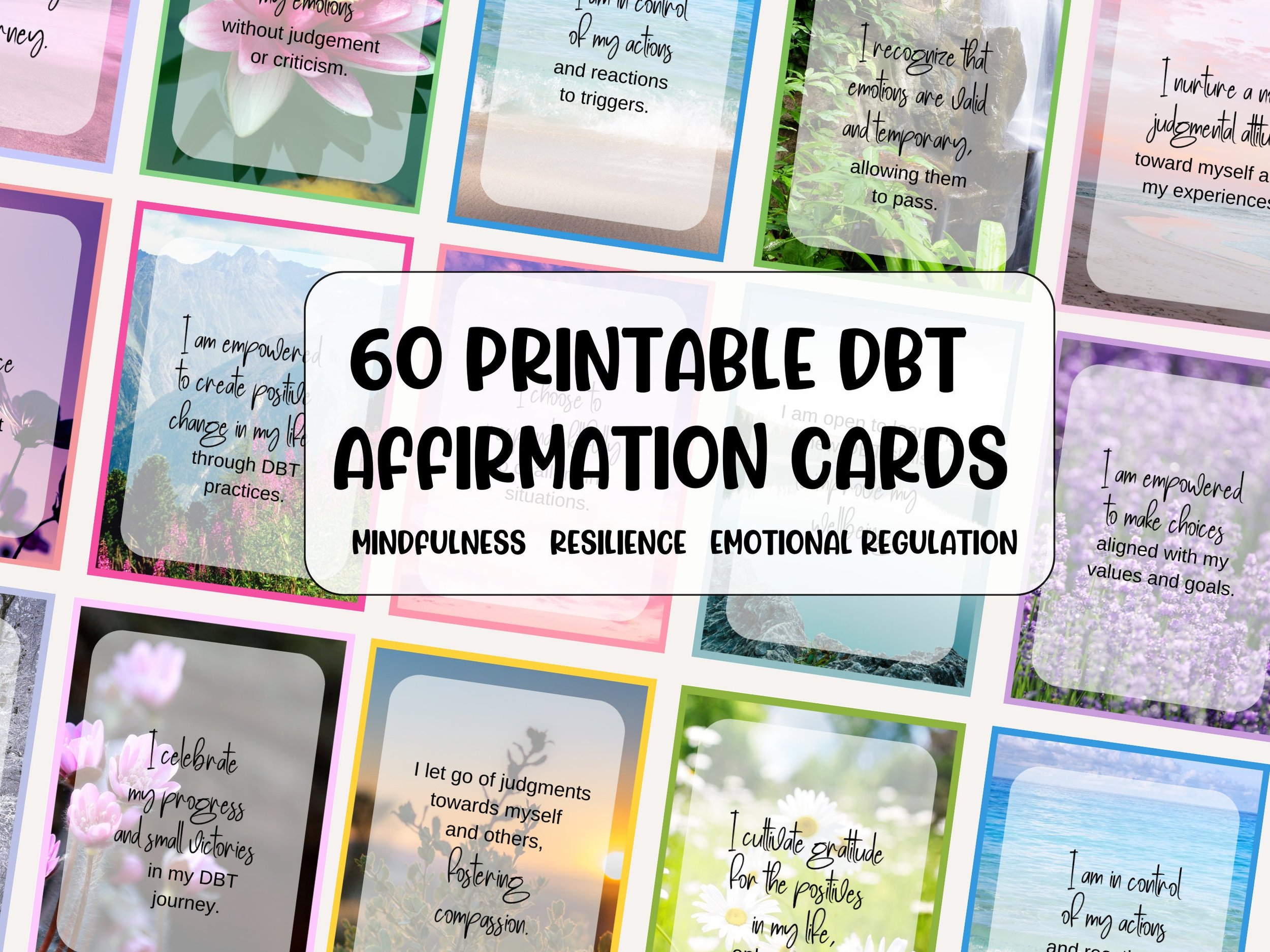The 7 Most Common Self-Regulation Mistakes (and How to Avoid Them)
Self-regulation — the ability to manage your thoughts, emotions, and behaviours in healthy ways — is a powerful skill for mental health and everyday life. It supports emotional regulation, nervous system balance, stress relief, and resilience.
Yet, many people unknowingly make mistakes that hold them back from feeling calm and in control. These missteps can keep your body in stress mode, make it harder to focus, and leave you feeling emotionally drained.
In this post, we’ll look at the 7 most common self-regulation mistakes — and, more importantly, how to avoid them so you can regulate your emotions effectively.
1. Ignoring Your Body’s Signals
One of the biggest mistakes is pushing through stress without paying attention to your body’s cues. Tight shoulders, shallow breathing, and racing thoughts are early signs your nervous system needs support.
Avoid it: Pause regularly to check in with your body. Try deep belly breathing, gentle stretching, or our Vagus Nerve Exercise Cards to reset your system.
2. Waiting Until You’re Overwhelmed
Many people only use self-regulation tools when they’re already in crisis. By then, it’s harder to bring the body back to calm.
Avoid it: Practise small, consistent self-regulation strategies daily — even when you feel fine — to keep your nervous system balanced.
3. Using Only One Technique
Relying on a single strategy, like breathing, limits your options when stress hits.
Avoid it: Build a toolkit with a mix of techniques — mindfulness, grounding, movement, and positive self-talk. Our Emotional Regulation Strategy Cards offer 60 practical ideas.
4. Skipping the Mindset Work
Self-regulation isn’t just physical — your thoughts matter too. Negative self-talk can undo the benefits of calming exercises.
Avoid it: Practise reframing unhelpful thoughts with compassionate language. Our Anxiety Calm Affirmation Cards can help you replace criticism with encouragement.
5. Forgetting the Environment
Trying to calm down in a noisy, chaotic space makes self-regulation harder.
Avoid it: Create a calming corner or use environmental cues (soft lighting, music, scents) to help your nervous system feel safe.
6. Overcomplicating the Process
If your self-regulation plan feels like a chore, you won’t stick to it.
Avoid it: Start small — 1–2 minutes of breathing or gentle movement — and build from there. Consistency matters more than intensity.
7. Not Tracking Your Progress
Without tracking, it’s hard to see what’s working and what’s not.
Avoid it: Keep a simple journal of which techniques you used and how you felt afterward. Over time, patterns will emerge.
Helpful Tools for Building Self-Regulation
If you want to strengthen your self-regulation skills, these resources can help:
Emotional Regulation Strategy Cards – 54 practical techniques for calming your mind and body.
Vagus Nerve Exercise Cards – Simple, science-backed exercises to support nervous system health.
DBT Affirmation Cards – Mindset shifts to build emotional resilience.








